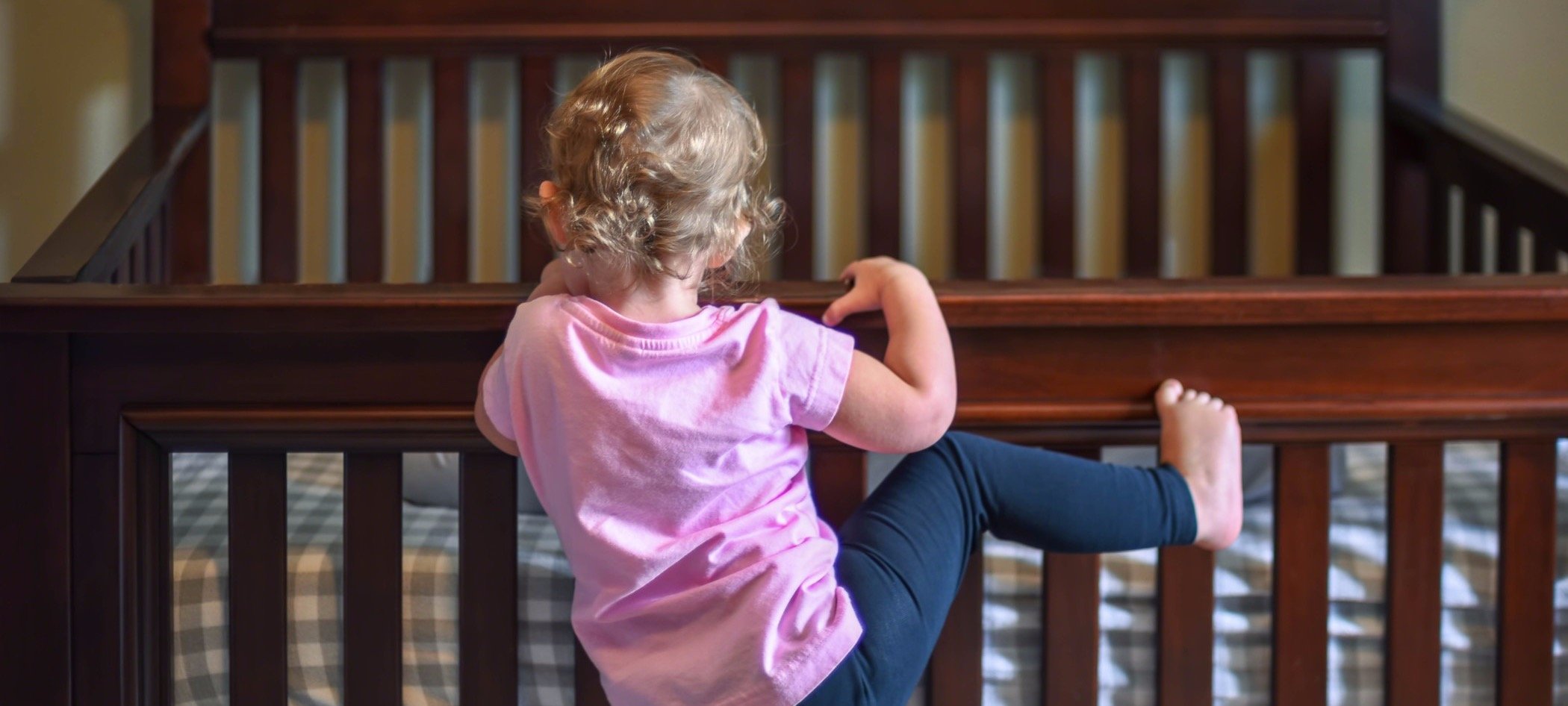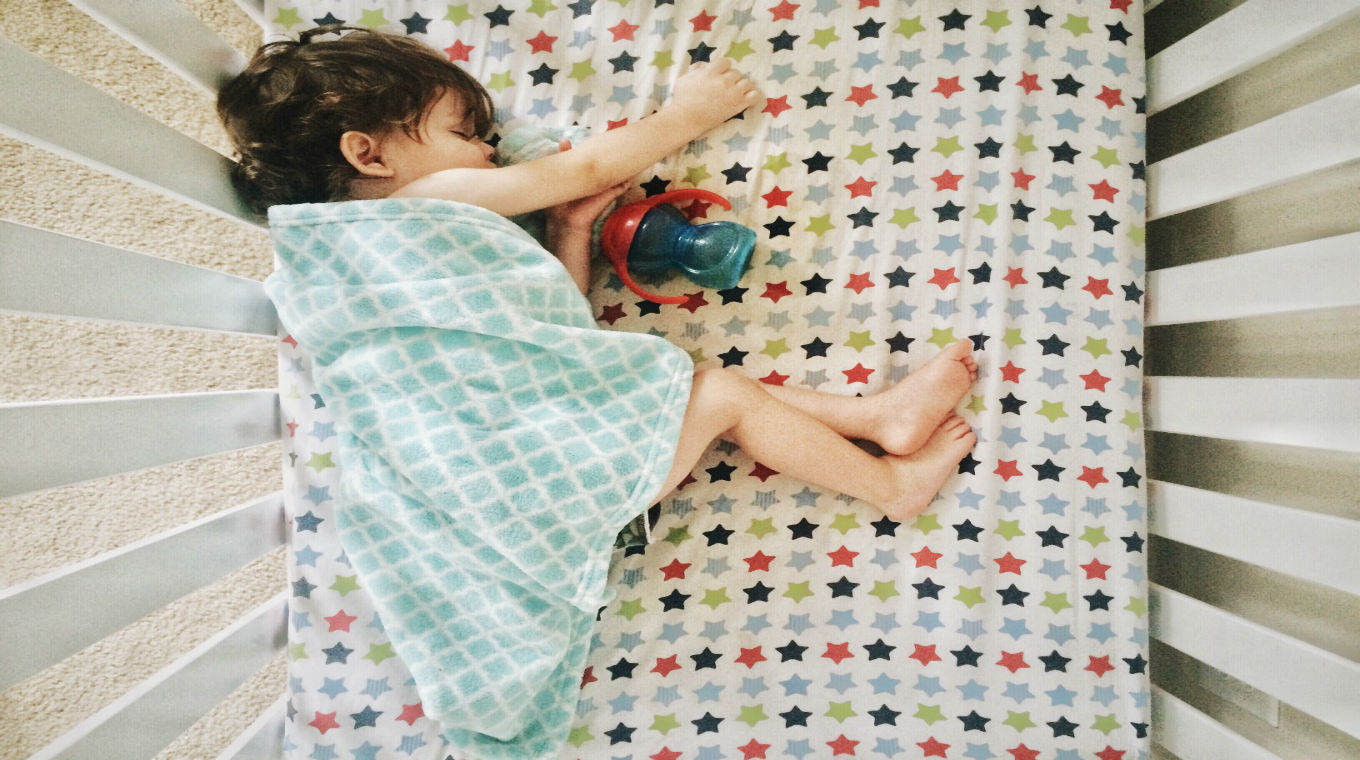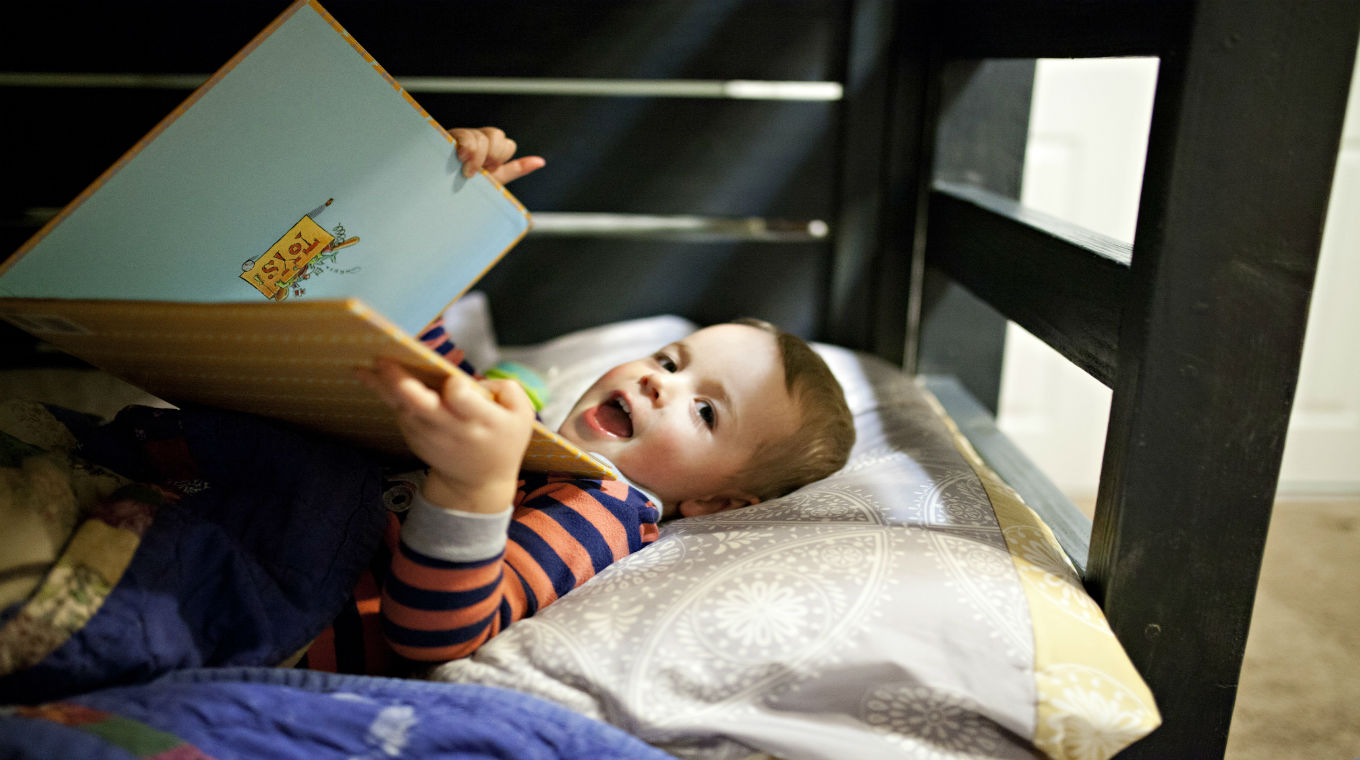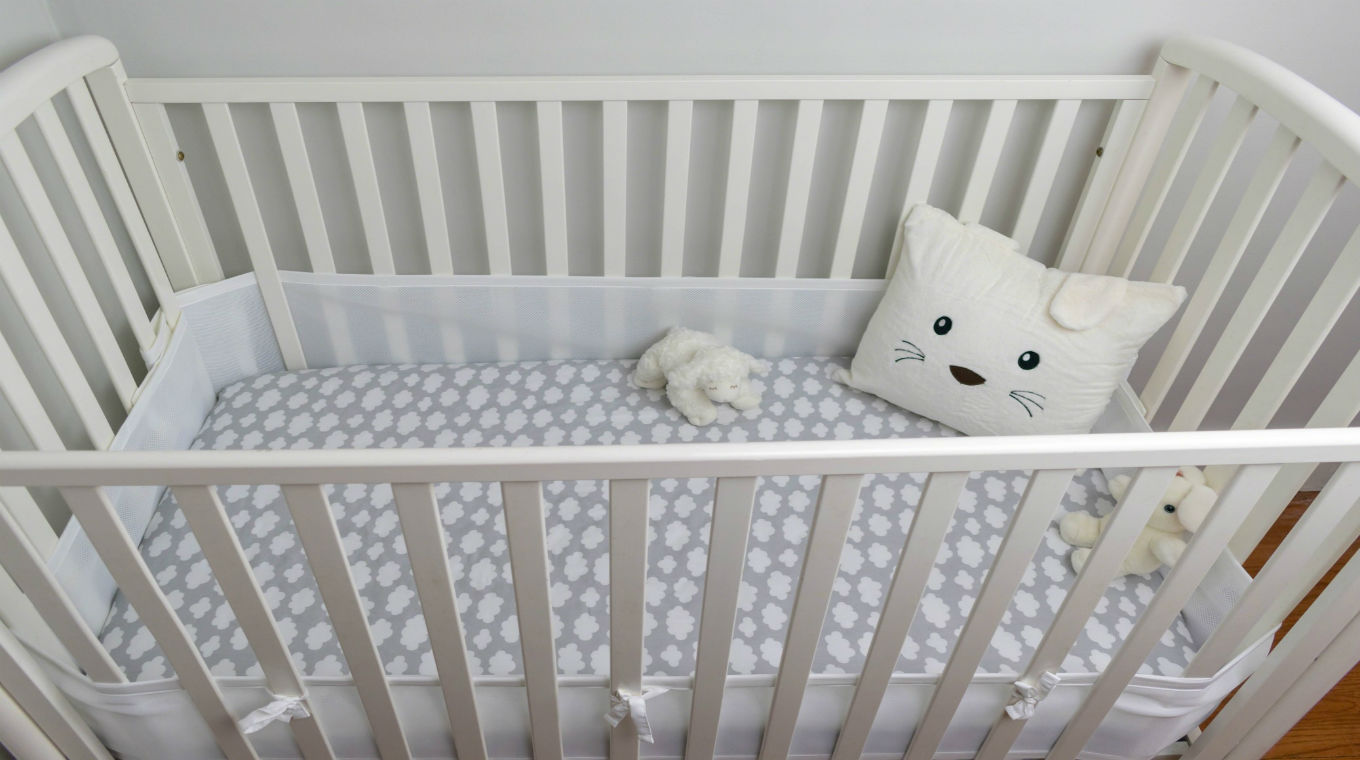
In this article
Not all toddlers easily transition out of a crib and into a toddler bed. Some kids will happily ditch the crib in favor of a more grown-up bed. However, others crave the security and aren’t thrilled with the major change in scenery.
“My son loved his crib,” said Olivia Anderson, a nurse and blogger. “It seemed he would be happy to sleep in it until his feet were poking out of the railing, so transitioning him to a toddler bed terrified me. The first night of the transition, we explained that he would be sleeping in a big-boy bed. We then implemented the same bedtime routine we always do, but when we stepped out of the room, he started to cry.” (It took Anderson’s child about a week before he finally adjusted to his new bed.)
For parents who have never done this before, a screaming child who refuses to sleep in his new bed yet doesn’t fit in his old crib anymore can seem overwhelming and intimidating. Where do you draw the line? How do you get your child to accept their new bed? Here’s what the experts have to say about the milestone of transitioning your child from their crib to a toddler bed.
When should my toddler move from a crib to a bed?

“Most children transition out of their crib around age 3, but many will happily stay in their cribs until age 4,” Tracie Kesatie, a pediatric sleep consultant, explains.
Transitioning your toddler out too young can lead to behavior sleep changes, since 2-year-olds don’t exactly understand concepts like “stay in bed all night,” she adds.
Dr. Mark Widome, professor of pediatrics at Penn State Children’s Hospital in Hershey, Pennsylvania, tells Parents that it’s important to move your child out of their crib before they get big enough to start climbing out of it on their own. Even if they’re happy staying in their crib without scaling it like King Kong, the longer you allow the toddler to sleep in their crib, the more emotionally attached they’ll get to it, making the transition ultimately harder.
What steps should I take to help my toddler move to a toddler bed?

Many parents create a plan when it comes to this big transition, and it’s honestly a good idea.
“A plan of transition does two things: it smooths the whole process for your child. This is a big deal to them!” Rigel Celeste, a mom of two kids, said. Secondly, “it helps you, the parent, keep your stress levels lower as challenges come up (and they will).”
The first step to this transition is to make sure the toddler’s room is 100% childproofed, Janice Robinson-Celeste, an early childhood specialist and former parent educator, said. This way, when your toddler inevitably gets up, they won’t hurt themselves.
As for setting up the room: If there is enough space, keep the crib and set up a toddler bed, as well. “Start with allowing the child to take day naps in the toddler bed, while sleeping in the crib at night,” Robinson-Celeste said. This will ease your child into feeling more comfortable with the toddler bed.
If you can’t fit both the crib and the toddler bed in the room, then consider placing the bed against the wall or in a corner, so the little one still feels safely surrounded. Also add some pillows on the floor in case your toddler falls out.
Lots of parents also include their toddler into the transition plan, which can make them feel less surprised and more prepared for the big move, Kesatie said. Have your toddler pick out their new bedsheets and help you put them on the new bed. This is a new experience that they should be a part of and get excited for!
What if my toddler resists the toddler bed?

Even after picking out sheets, some toddlers just won’t want to leave their crib. Robinson-Celeste suggests setting up a baby cam if you haven’t already done so, in order to keep an eye on your toddler. They’ll also know that you’re nearby watching them and that can add a little more security to the change.
If your toddler cries or leaves their bed at night, it’s important to quietly walk them back without engaging, Kesatie said. “Being consistent from the start can really help pave the way for success.”




